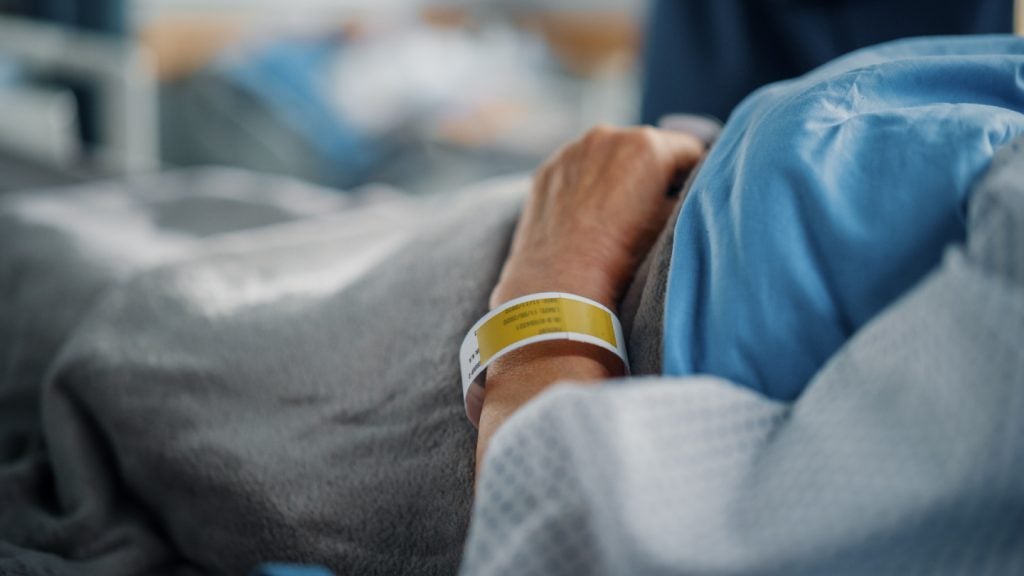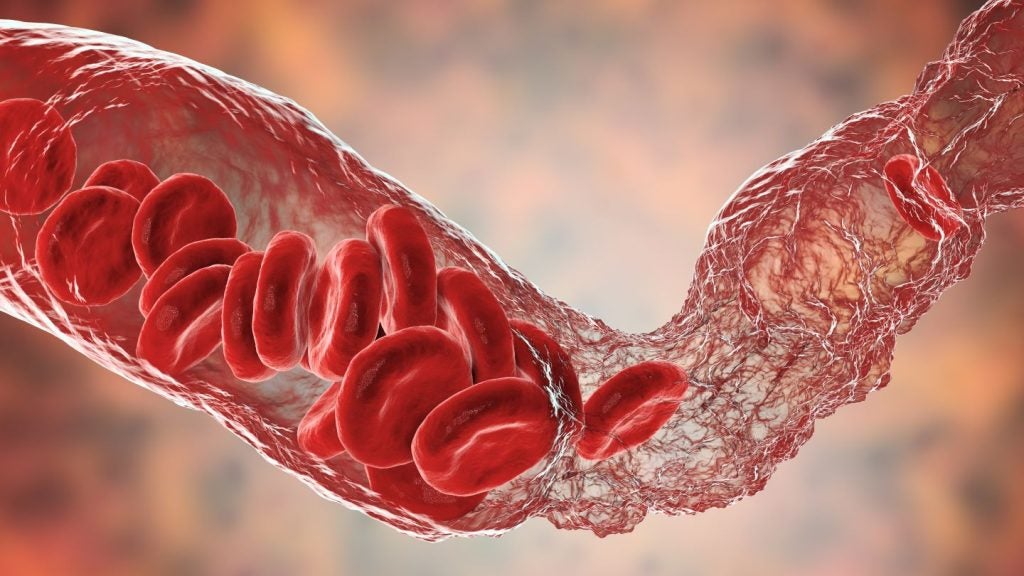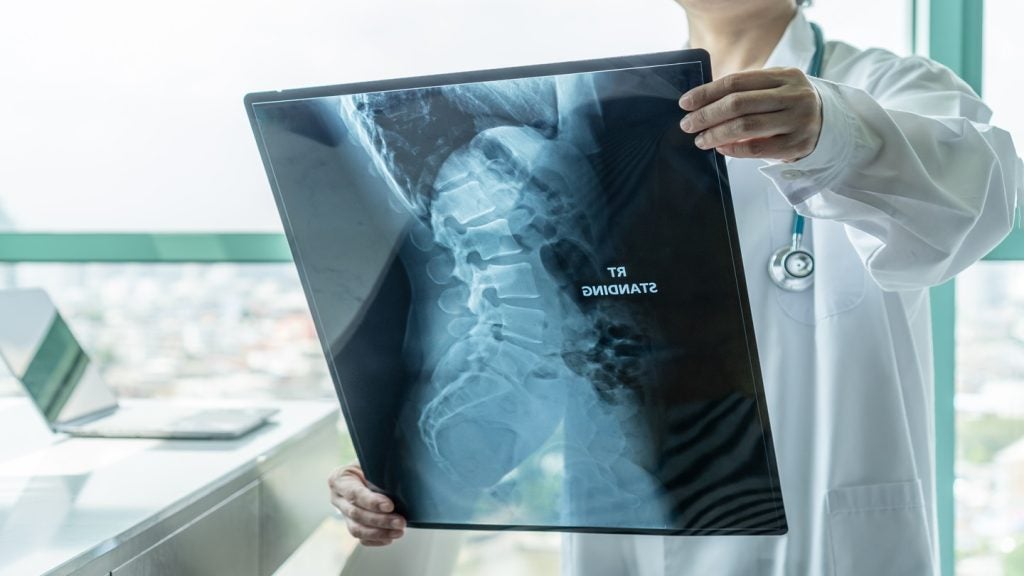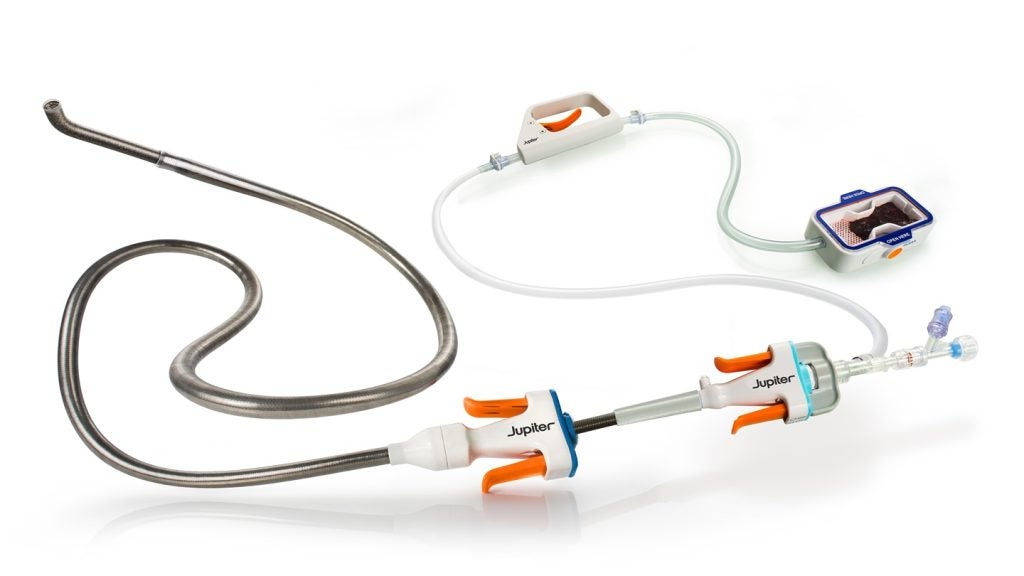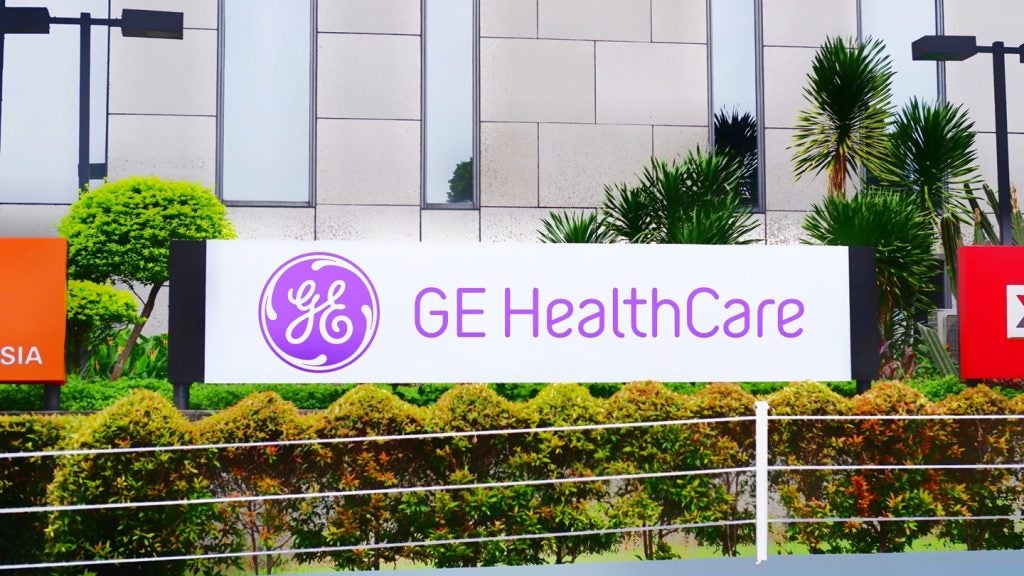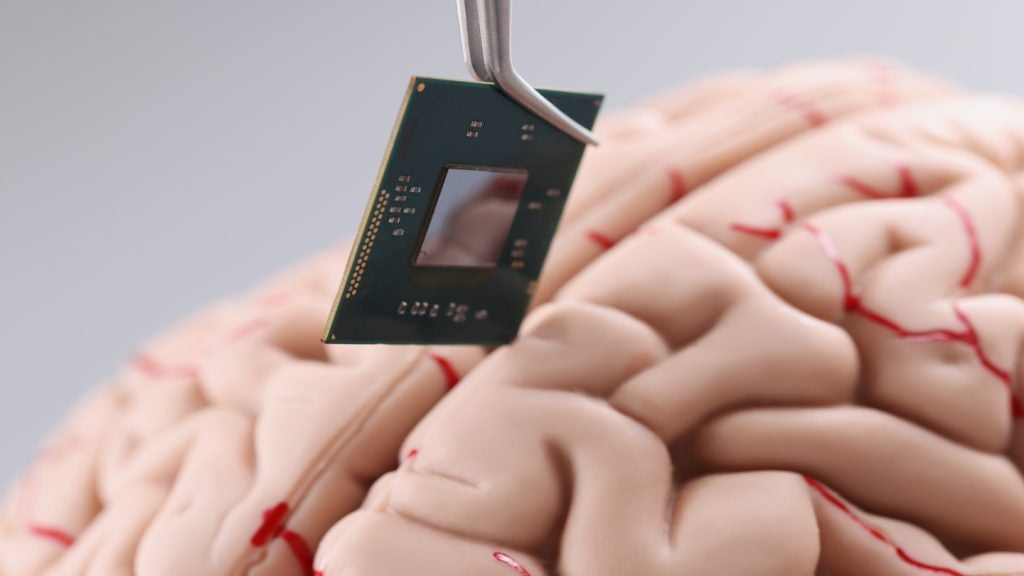Radio Frequency Identification (RFID) is hardly a new technology and has found its way into a myriad of devices - from kettles and doors, to phones and everything else beyond. But often the simplest technologies have the biggest impact by way of their ability to fit several applications.
RFID technology was initially invented in 1945 using radio frequencies to convey small quantities of information, used typically to send confirmatory pings between devices to grant access or relay location. Despite their origin as a covert device designed by researchers within the Soviet Union, RFID devices have become profoundly important across many medical devices and have become a crucial cornerstone of the Internet of Things (IoT) ecosystem on which so many systems rely.
Across healthcare management, RFID technology is still advancing in use. One place the technology has particularly found itself at home is across the field of hospital bed management. Since the onset of the Covid-19 pandemic in 2020 the management of hospital beds against ever-rising numbers of hospital admissions has been one of the key challenges faced by healthcare authorities.
Research carried out by the UK’s British Medical Association (BMA) found that in 2020, on average, across Europe there are as few as five hospital beds available for every 1,000 people. In Germany, this average is higher, with 7.8 hospital beds per 1,000 citizens.
However, the UK falls well below the average compared to its European counterparts, with only 2.4 beds available per 1,000 citizens, standing above only Denmark, a country with less than a tenth of the UK’s population. As a result, the management and availability of hospital beds have been a rising issue across the country and central to a myriad of problems plaguing the UK’s National Health Service (NHS).
Traditionally, whether a bed is free or not is quantified through the old-fashioned method of someone simply checkingand entering that into a database. Whilst this is an inherently menial task, it accounts for thousands of work hours across a typical hospital in the best of cases and a painful bottleneck for a busy hospital in the worst of cases.
Enter RFID Discovery, a UK-based company which provides RFID tracking services to hospitals. Recently the company launched its own Patient Discharge Management system that combines RFID-enabled wristbands with smart hubs placed around a hospital that enable staff to know where a patient is and when a patient has checked out in the cases where they leave without notice.
Medical Device Network sat down with RFID Discovery’s lead consultant for healthcare, Simon Dawkins, to find out how a historic technology can deliver results for hospitals in a modern format.
This interview has been edited for length and clarity.
Joshua Silverwood: Can you give me an idea about how the Patient Management System works?
Simon Dawkins: So, when you go into a hospital as an inpatient you get your wristband? That identifies you, so we have incorporated an inert RFID tag into that wristband. There are no details of patients in there, it's just a number that identifies you in the system. When you go in they print one out and confirm you are the right person and that’s very important, then when you leave the nurse or receptionist has to go into their systems to say you have now gone home. The issue is, that there is a delay for this, meanwhile, you have people coming into accident and emergency (A&E) and they are playing hunt the bed.
They then send an awful lot of time running around the hospitals and ringing up places asking ‘Has this person gone, is his bed free? Has it been cleaned? Has it been reprocessed?’ It's all because [in hospitals] they are always struggling with expanding workloads all the time. We know the stresses the NHS is under.
With what we have designed, we take a hospital's existing wristband printer throw it away, and replace it with an RFID wristband printer. The nurse prints the wristband as normal, with no change. We pick up the information from the print file and that is sent directly to the system, so there is no joining of information. There's no software that needs to be opened. The process at the start is exactly the same. All we get is your hospital number because that is all that is needed. The system will now know that you have gone to ward A bed 1 for example. When you leave, what they do is take the wristband and drop it into a smart device that registers that you have now gone home. We then tell their systems that the room now needs cleaning, and the bed needs to be turned around.
From some of the hospitals we have been working with, at the lowest end it takes them approximately 20 minutes to update their systems from a patient discharge, at the worst end its four hours. This is at a one-thousand-bed hospital. By using a very simple system, we are 19 minutes 55 seconds quicker than a human doing it.
JS: What was the impetus behind this technology?
SD: This is about patient flow within the hospital. The more you can turn something around the quicker it is that you can reallocate a patient and take the pressure off of various departments. This way we can start helping people waiting in corridors and other things like that. This is about flow and how we can use that information to improve patient flow especially across the A&E department.
There is one hospital that we are working with that can waste up to 20 minutes because someone has left A&E. Just walked out. They then have a duty of care to contact them to make sure that they are okay. Through this technology, we have readers and other bits and pieces that will say that you left the hospital, you left through the exit, and this is the time you went through it. We have various dashboards and ways that we can contact the hospital just to say, ‘Joshua has gone, and he hasn’t come back.’
JS: Do you use RFID for any other similar applications?
SD: Yes, we also use it for elective surgery and clinics hospital we are working with in France, alongside the radiology department. Often when you have a scan you have to be given a dye so that it shows up on the screen properly. It's very time sensitive as a process. But using the same technology we are able to say when you arrived at the hospital, then through the tracking system we now know that you have had your dye injection, and the clock is ticking. You can imagine emergencies happen and things change and that mucks up the whole clinic flow and they need to keep an eye on you and your timings.
We also have one in the waiting rooms, so that you know where you are and your place on the list. To the point of, being able to send texts to relatives to let them know that they can go and have a cup of coffee and let them know when the patient is ready for collection. No one will need to make a phone call. We can tell transport systems that you are due out at 1 pm so that you are picked up at 1 pm because that is another big problem because where people are using hospital transport, they could be sat there for hours. Somebody has to be called to be notified that you are ready to go, but for us, that’s just an automatic process.
RFID Discovery is not the only company to roll out similar bed management systems with the idea of entirely mitigating menial processes such as staff having to notify one another when a bed is free or when a patient has been discharged. One hospital in Israel has recently claimed to have established itself as the first almost entirely artificial intelligence (AI) managed hospital in the world, utilising the technology to automate laundry systems and bed management.


